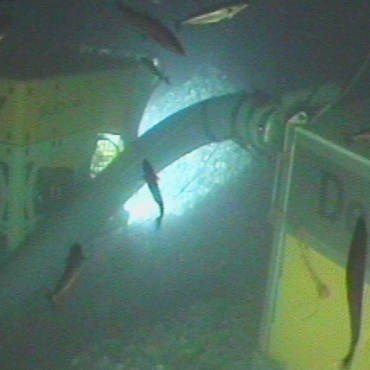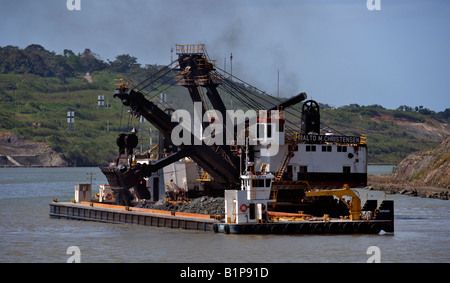

The result is an increase in the abundance of carbon relative to oxygen, which can create a carbon star. This dredge-up causes helium, carbon and the s-process products to be brought to the surface. The third dredge-up occurs after a massive star enters the asymptotic giant branch (AGB) and a flash occurs along a helium burning shell. This second dredge up results in an increase in the surface abundance of 4He and 14N, while the amount of 12C and 16O decreases. When helium fusion comes to an end at the core, convection mixes the products of the CNO cycle. The second dredge-up occurs in stars with 4 – 8 solar masses of material. As a result of the convective mixing, the outer atmosphere will display the spectral signature of hydrogen fusion: the 12C/ 13C and C/ N ratios are lowered, and the surface abundances of lithium and beryllium may be reduced.

The first dredge-up occurs when a main sequence star enters the red giant branch (RGB). As a result, the fusion products are mixed into the outer layers of the stellar atmosphere and these nuclides can appear in the spectrum of the star. The combined effect of H-rich envelope collapse and low 12C(α, γ) 16O rate can lead to the formation of BHs with masses consistent with the primary component of GW190521.Dredge-up refers to a period in the evolution of a star where a surface convection zone extends down to the layers where material has undergone nuclear fusion. The onset of this dredge-up is particularly sensitive to the assumed model for convection and mixing. The existence of the mass gap is currently being challenged by the detection of GW190521, with a primary component mass of $85^$, the mass gap is completely removed by the dredge-up effect. Pair-instability (PI) is expected to open a gap in the mass spectrum of black holes (BHs) between ≈40-65 and ≈120 M ⊙.


 0 kommentar(er)
0 kommentar(er)
